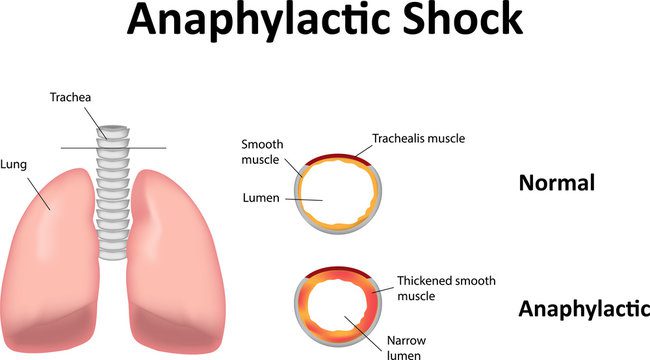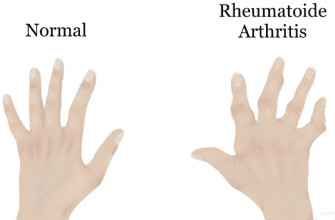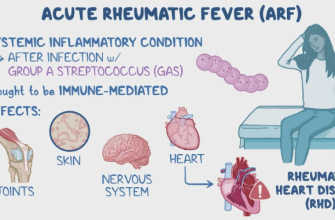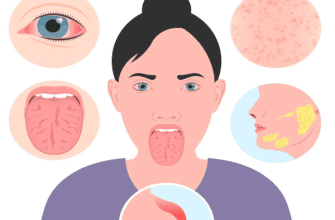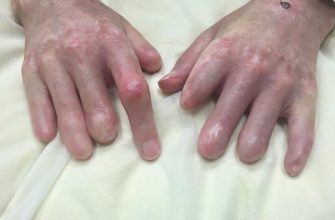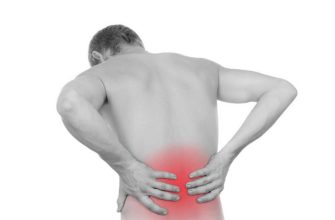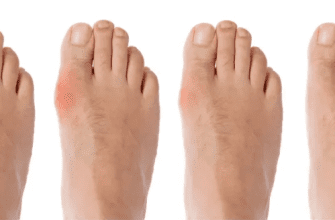- What is Anaphylactic Shock?
- Symptoms of Anaphylaxis (CDC & Mayo Clinic)
- Early Signs (Mild to Moderate)
- Severe Symptoms (Medical Emergency!)
- Diagnosis (American College of Allergy, Asthma & Immunology – ACAAI)
- Emergency Treatment (NIH & American Red Cross)
- Prevention Strategies (FDA & AAAAI)
- Red Flags: When to Seek Emergency Care
What is Anaphylactic Shock?
Anaphylactic shock (or anaphylaxis) is a severe, life-threatening allergic reaction that occurs rapidly and can lead to death if not treated immediately. It involves a systemic release of inflammatory mediators (like histamine), causing airway obstruction, low blood pressure, and multi-organ failure.
Common triggers (per the American Academy of Allergy, Asthma & Immunology – AAAAI):
- Foods (peanuts, shellfish, eggs, milk)
- Insect stings (bees, wasps)
- Medications (penicillin, NSAIDs, IV contrast)
- Latex
- Exercise-induced anaphylaxis (rare)
Symptoms of Anaphylaxis (CDC & Mayo Clinic)
Anaphylaxis typically develops within minutes to hours after exposure. Key symptoms include:
Early Signs (Mild to Moderate)
- Skin: Hives, itching, flushing, swelling (lips, face, throat)
- Respiratory: Wheezing, shortness of breath, throat tightness
- Gastrointestinal: Nausea, vomiting, diarrhea
- Cardiovascular: Rapid heartbeat, dizziness
Severe Symptoms (Medical Emergency!)
- Difficulty breathing (due to throat swelling)
- Hoarse voice or trouble speaking
- Sudden drop in blood pressure (shock)
- Weak pulse, pale skin, confusion
- Loss of consciousness
Diagnosis (American College of Allergy, Asthma & Immunology – ACAAI)
- Clinical history (known allergies, recent exposure)
- Physical exam (signs of swelling, wheezing, low BP)
- Blood tests (tryptase levels, elevated histamine)
- Allergy testing (skin prick tests, IgE blood tests) after stabilization
Emergency Treatment (NIH & American Red Cross)
1. Immediate Actions:
- Epinephrine (EpiPen®) injection (first-line treatment, given in the thigh)
- Call 911 (even if symptoms improve, a second reaction can occur)
- Lie flat with legs elevated (if breathing allows)
2. Hospital Care:
- IV fluids (for low blood pressure)
- Oxygen therapy (if breathing is impaired)
- Antihistamines (Benadryl) & corticosteroids (secondary treatment)
- Bronchodilators (albuterol) if wheezing persists
Prevention Strategies (FDA & AAAAI)
- Avoid known allergens (read food labels, carry emergency meds)
- Wear a medical alert bracelet
- Always carry an EpiPen® (if at risk)
- Get allergy testing if cause is unknown
- Desensitization therapy (for insect venom or drug allergies)
Red Flags: When to Seek Emergency Care
Use epinephrine immediately AND call 911 if:
- Difficulty breathing or throat swelling
- Rapid pulse, dizziness, fainting
- Widespread hives with vomiting/diarrhea
- History of severe allergic reactions
Even if symptoms improve after epinephrine, go to the ER—a delayed second wave (biphasic reaction) can occur.
